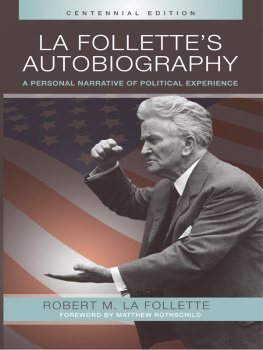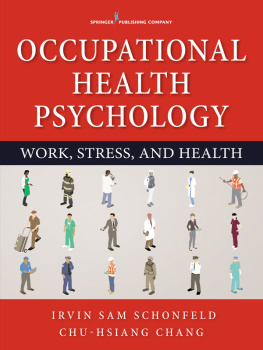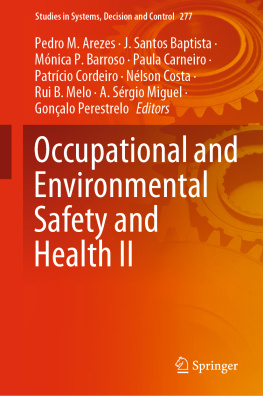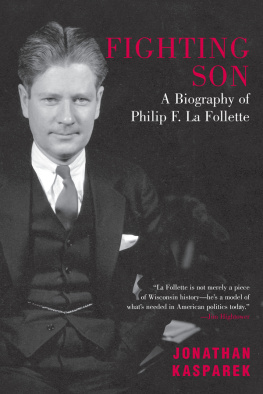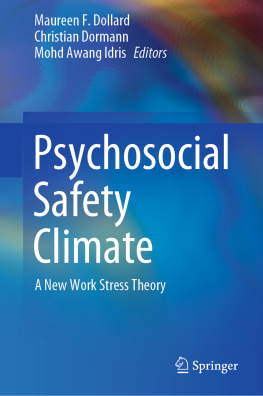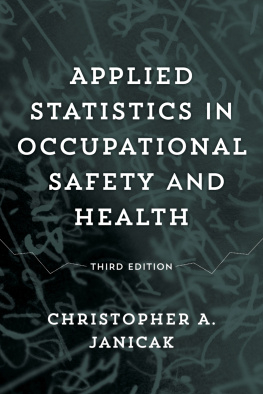Wilbur S. Shepperson Series in Nevada History
Series Editor: Michael Green (UNLV)
Nevada is known politically as a swing state and culturally as a swinging state. Politically, its electoral votes have gone to the winning presidential candidate in all but two election since 1912 (it missed in 1976 and 2016). Its geographic location in the Sun Belt; an ethnically diverse, heavily urban, and fast-growing population; and an economy based on tourism and mining make it a laboratory for understanding the growth and development of postwar America and postindustrial society. Culturally, Nevada has been associated with legal gambling, easy divorce, and social permissiveness. Yet the state also exemplifies conflicts between image and reality: It is a conservative state yet depends heavily on the federal government. Its gaming regulatory system is the envy of the world but resulted from long and difficult experience with organized crime. And its bright lights often obscure the role of organized religion in Nevada affairs. To some who have emphasized the impact of globalization and celebrated or deplored changing moral standards, Nevada reflects America and the world; to others, it affects them.
This series is named in honor of one of the states most distinguished historians, author of numerous books on the states immigrants and cultural development, a longtime educator, and an advocate for history and the humanities. The series welcomes manuscripts on any and all aspects of Nevada that offer insight into how the state has developed and how its development has been connected to the region, the nation, and the world.
Charcoal and Blood: Italian Immigrants in Eureka, Nevada, and the Fish Creek Massacre
SILVIO MANNO
A Great Basin Mosaic: The Cultures of Rural Nevada
JAMES W. HULSE
The Baneberry Disaster: A Generation of Atomic Fallout
LARRY C. JOHNS AND ALAN R. JOHNS
A History of Occupational Health and Safety: From 1905 to the Present
MICHELLE FOLLETTE TURK
University of Nevada Press | Reno, Nevada 89557 USA
www.unpress.nevada.edu
Copyright 2018 by University of Nevada Press
All rights reserved
Cover photograph Fotosearch
LIBRARY OF CONGRESS CATALOGING-IN-PUBLICATION DATA
Names: Turk, Michelle Follette, 1981 author.
Title: A history of occupational health and safety : from 1905 to the present / by Michelle Follette Turk.
Description: Reno : University of Nevada Press, [2017] | Series: Wilbur S. Shepperson series in Nevada history | Includes bibliographical references and index.
Identifiers: ISBN 978-1-943859-70-2 (cloth : alk. paper) | ISBN 978-1-943859-71-9 (e-book) | LCCN 2017038083 (print) | LCCN 2017038533 (e-book)
Subjects: | MESH: Occupational Healthhistory | Occupational Injurieshistory | Occupational Diseaseshistory | History, 20th Century | History, 21st Century | Nevada
Classification: LCC T55 (print) | LCC T55 (e-book)| NLM WA 11 AN2 | DDC 363.11dc23
LC record available at https://lccn.loc.gov/2017038083
Manufactured in the United States of America
ISBN 978-1-943859-71-9 (ebook)
ACKNOWLEDGMENTS
Like any book, the inspiration for this one has a story behind it. I grew up in a medical family. One grandfather was a trauma surgeon in Las Vegas, Nevada, the other, an internist in Santa Monica, California. One grandmother and several aunts were nurses. My uncle was a cardiothoracic and transplant surgeon. When I was thirteen my surgeon grandfather, Kirk V. Cammack Jr., flew me to Las Vegas to watch him perform a double mastectomy at University Medical Center (UMC) to help me research for a school science project on cancer. It was at that moment I decided I wanted to be a doctor.
I did become a doctor eventually, but not the medical kind. During college I became fascinated with medical history, especially regarding medicine in Las Vegas. My grandfather had moved to Nevada in 1961 and established a successful practice as the second board certified surgeon in the state. He was a colorful character, a towering 6-foot 3-inch cowboy from Rock Springs, Wyoming, with flaming red hair and a sharp wit. When I was a small child he filled my head with stories of the Wild West of medicine in Nevada, stories that sounded more like tall tales than reality. He told me about extracting a ruptured appendix on his pool table in his basement, traveling outside town for house calls to see his desert rats, about treating cowboy patients in the back of saloons, and performing comp surgeries at Sunrise Hospital for the mob contingent and other Las Vegas icons of the 1960s. From an early age, I idolized his unique approach to medicine, and came to view Las Vegas medicine in the same light. My perspective shifted when my mother passed away from intracranial bleeding while I finished up my undergraduate degree. After receiving substandard care at a Las Vegas hospital, she died on the operating table. Her experience left me with many questions: How did Las Vegas, a growing metropolis with millions of residents, have such second-rate health care? When my grandfather moved to town, the medical community held so much promise, recruiting young, talented physicians from across the country to create innovative medical programs. Somewhere along the way, the quality of care flatlined.
As my questions grew, inspiration for this book began. I started with a paper on the medical history of Hoover Dam, but soon realized that Las Vegas medicine was fundamentally connected with the regions major industries. At the same time, I formed a better understanding of why my mother died. After slipping at work, she had torn ligaments in both knees and her orthopedic surgeon chose to reconstruct them both at the same time. When her workers compensation coverage ended, she stopped physical therapy and had to return to work; she developed a blood clot soon after that probably traveled through her heart to her brain. Acquiring this understanding gave me closure as well as new perspective regarding the importance of health and safety in the workplace. Thus, my topic shifted to focus on occupational health. The move created an opportunity not only to evaluate the development of health and safety in the twentieth century American workplace but also to better understand the state of medicine in the Las Vegas area.
Researching, writing, and rewriting this book for nearly a decade, I am indebted to so many people that I will certainly fail to thank everyone. To those not mentioned here, I apologize and appreciate your time and contributions.
I first wish to thank my mentors. Hal Rothman had a special role in this book, helping me find my voice. He taught me how to write history, but more importantly, he always believed in me even when others did not. His strong conviction drove me to complete this book. I am grateful for the short time I had with him.
After Hals passing, I was fortunate to gain a mentor and friend in David Wrobel. He enthusiastically supported me in my work. David is a great role model and scholar, and I hope to match his dedication to history of the American West.
Eugene Moehring also played an important role in this project, especially in the development and editing process, and prodding me to publish this book. I thank him for providing important expertise on the history of Nevada. I value the time he spent editing my work and even grew to love his red pen.
I would also like to recognize David Tanenhaus, Andy Kirk, and Robert Futrell for reading versions of this manuscript at various stages. I am grateful for the friendship of Mike Green, always answering my questions and teaching me how to navigate Nevadas archives. During the rewrites, I was fortunate to have Chris Sellers and Janet Greenlees review my manuscript and help sharpen my work. It was with their excellent guidance that I found my voice, inspiring the concept of occupational health regimes. I am deeply appreciative for the generous time that they gave.



